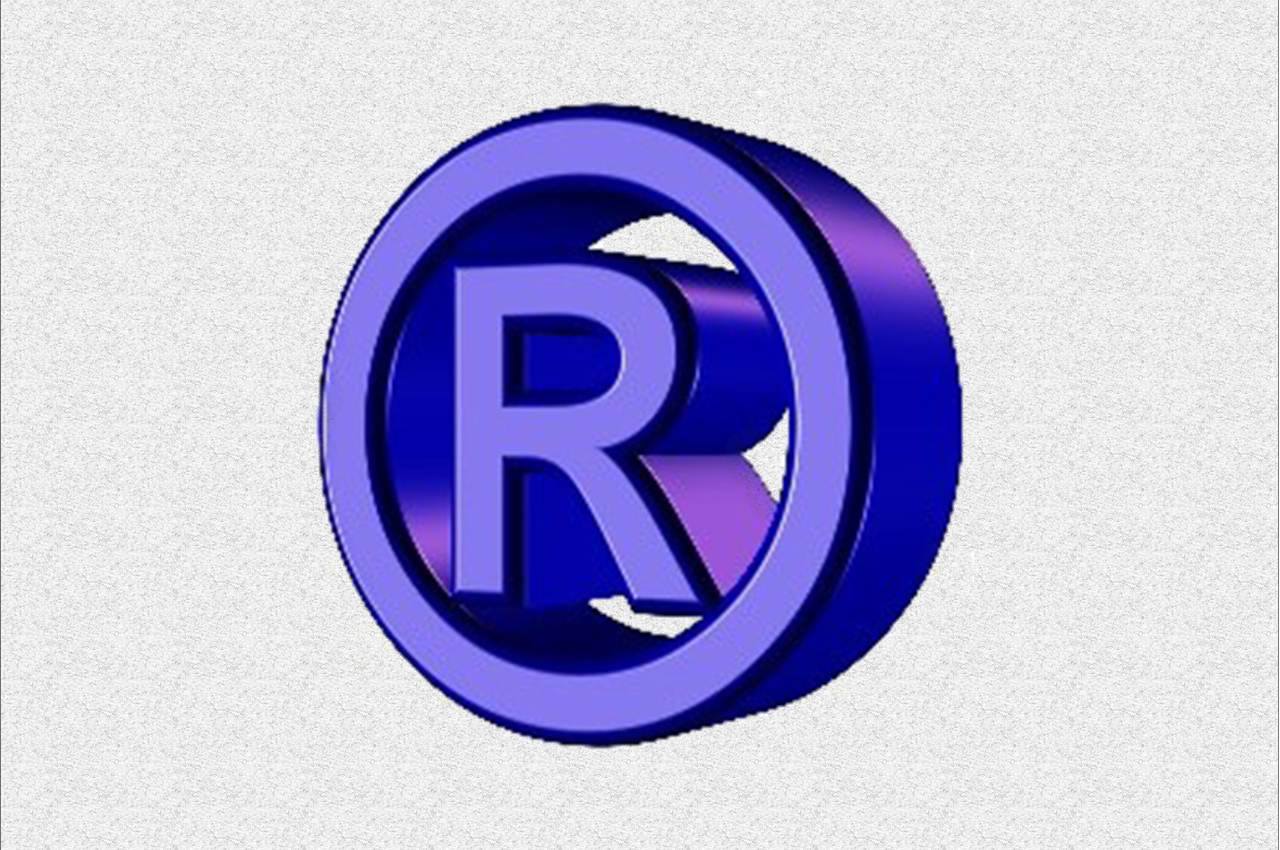Resources
Trademarkology
What’s in a (City) Name?
Can the name of a city serve as a trademark? Usually, it cannot. We are in Pawleys Island, South Carolina this week and there are many businesses here that incorporate the words “Pawleys Island”, including Pawley’s Island Supply, Pawleys Island Realty, and Pawleys Island Mercantile.

Pawleys Island Mercantile
In fact, on the way into town on US-22, we drove past three different “Myrtle Beach Welcome Centers” â which were clearly not affiliated with one another, nor with the Town of Myrtle Beach. Eventually, we saw the “Official Myrtle Beach Welcome Center.” The Town of Myrtle Beach could not prevent the other “non-official welcome centers” from using the words “Myrtle Beach.”
The reason is probably obvious â those who do business in a particular location need the ability to communicate where they are located to their customers and potential customers. In small locales, it works to have a Pawleys Island Mercantile â there’s only one and everyone knows where it is. In larger cities, business owners have to become more creative to help consumers distinguish between competitors.
But there is at least one notable exception – the City of Pinehurst, North Carolina and the PINEHURST mark.
In the 1890s James Walker Tufts purchased roughly 6000 acres of land in an unincorporated area of Moore County, North Carolina. He used the land to develop a golf resort and village community that went by the name of Tuftstown until 1903 when the name was changed to Pinehurst.
The Tufts golf courses were developed to include what became the internationally famous Pinehurst No. 2, and the property was sold in 1970 and then again in 1984 to Resorts of Pinehurst Inc., which registered the PINEHURST mark with the U.S. Patent and Trademark Office.
Competing golf courses attempted to incorporate the PINEHURST mark into their name and were challenged under federal trademark infringement laws by the Resorts of Pinehurst.
A federal court held that the Resorts of Pinehurst’s long and exclusive use of the mark allowed it to prevent other golfing destinations in the area from using the mark PINEHURST based on a likely of consumer confusion. Although the court’s decision did not rest on this finding, the fact is that the PINEHURST service mark was developed before the geographic area became known as Pinehurst.
You may not need 100 years of use to develop secondary meaning necessary to overcome the geographic descriptiveness that applies to geographical locations, but I still do not recommend using your city’s name as party of your trademark unless paired with highly distinctive material.
Read more from Trademarkology



